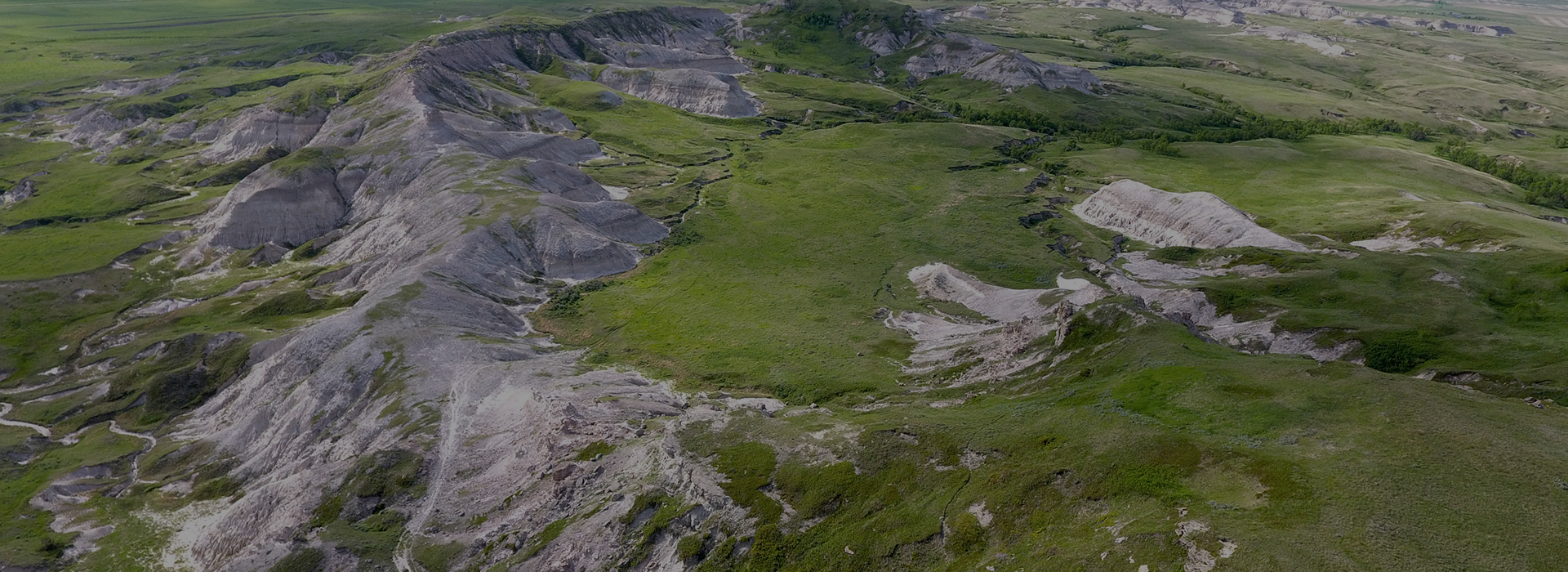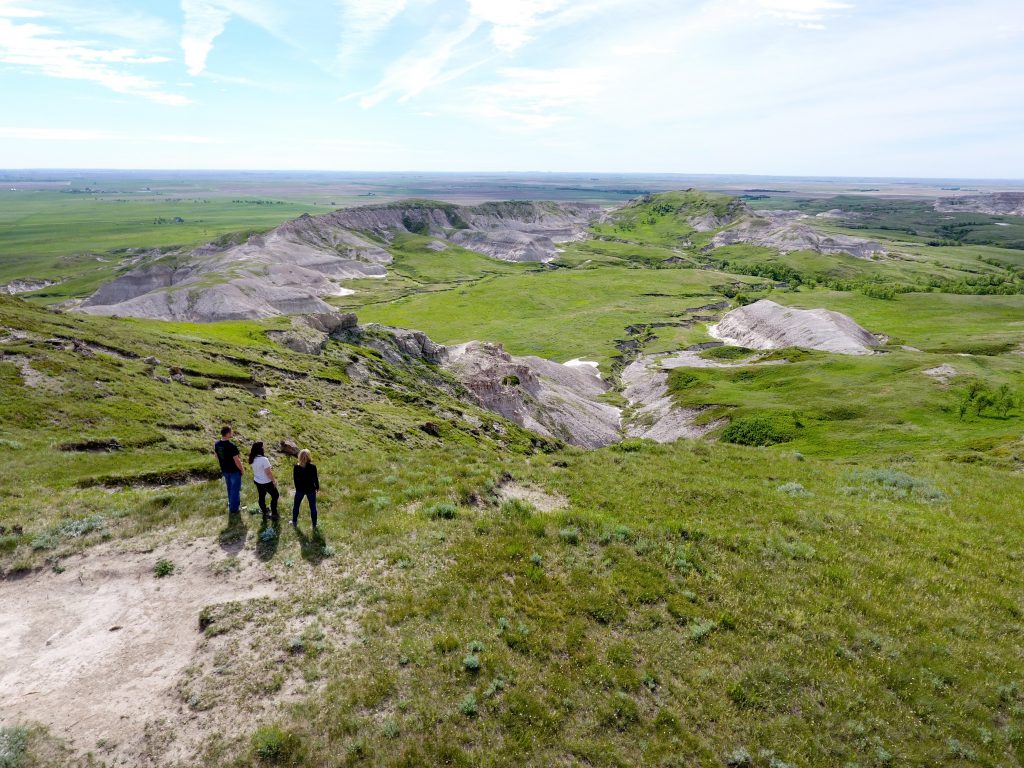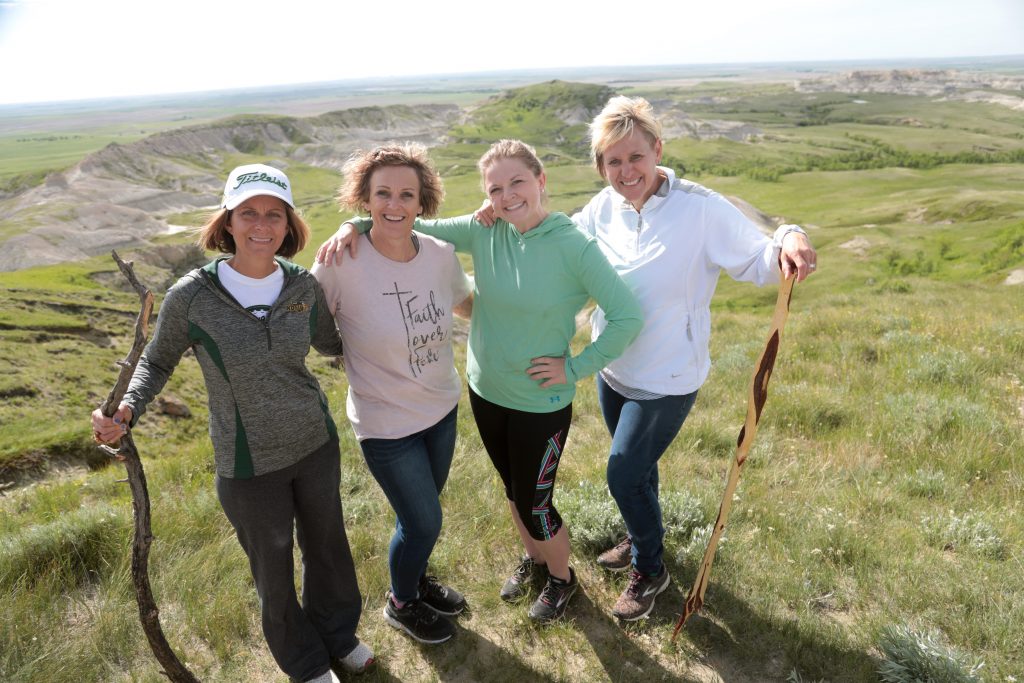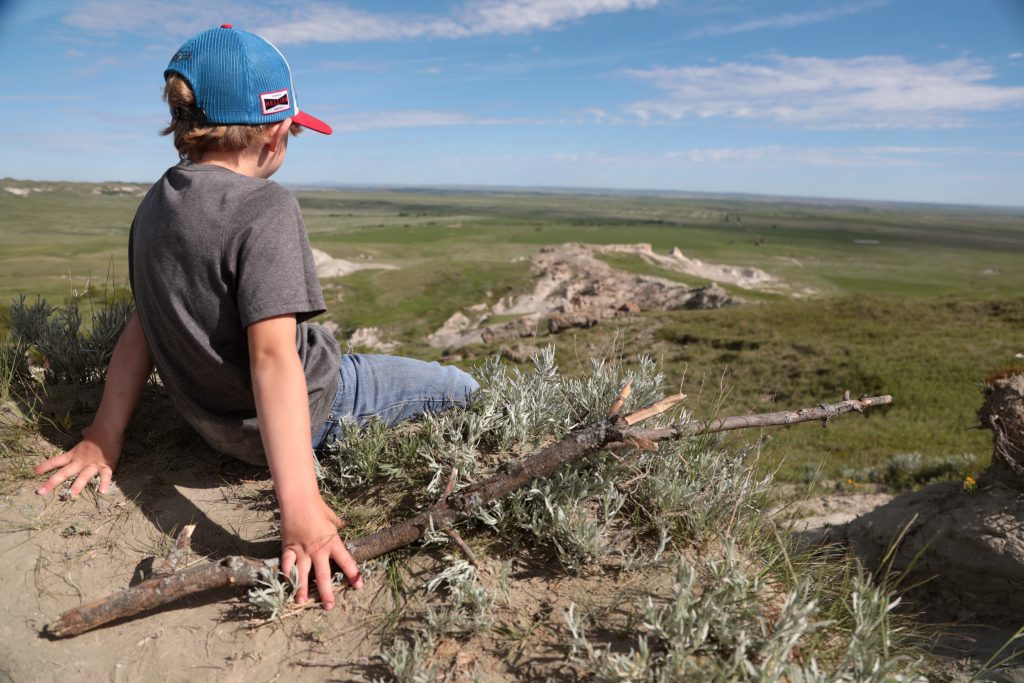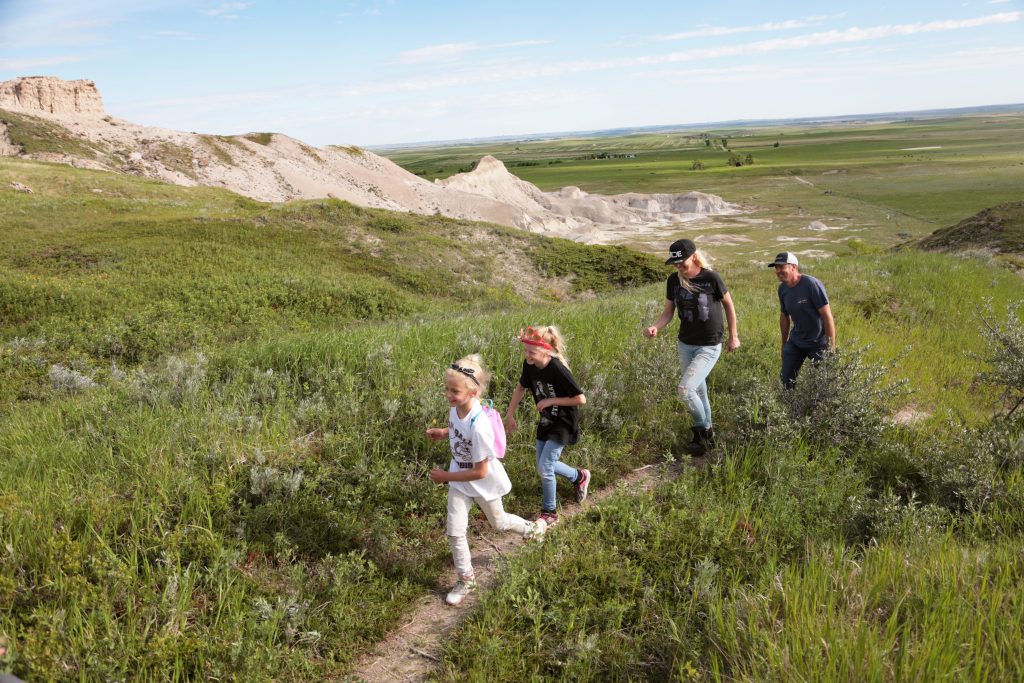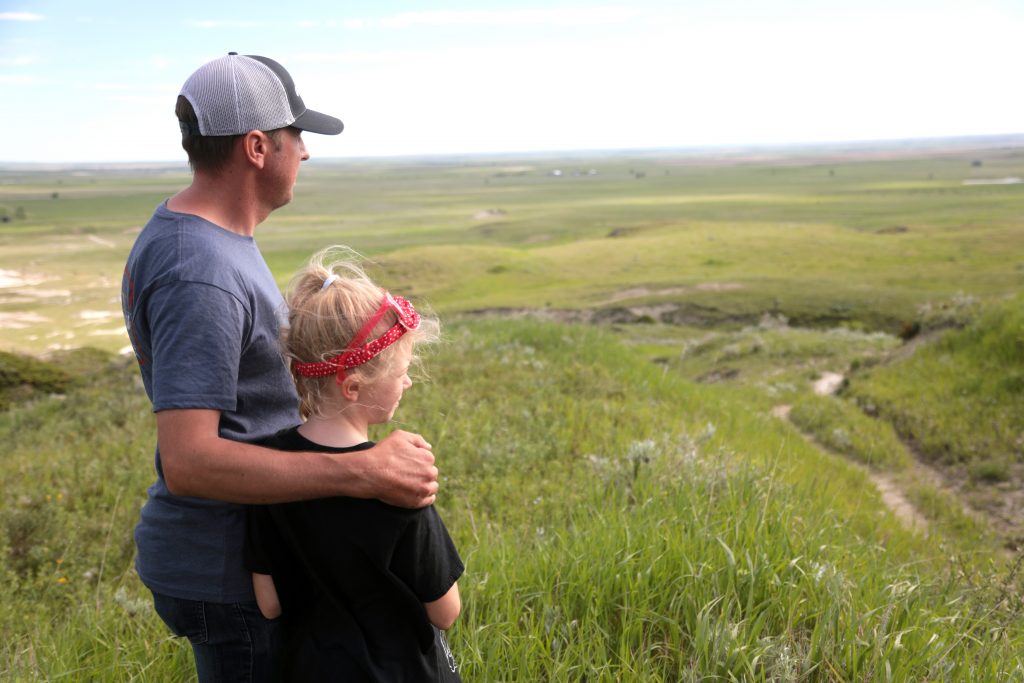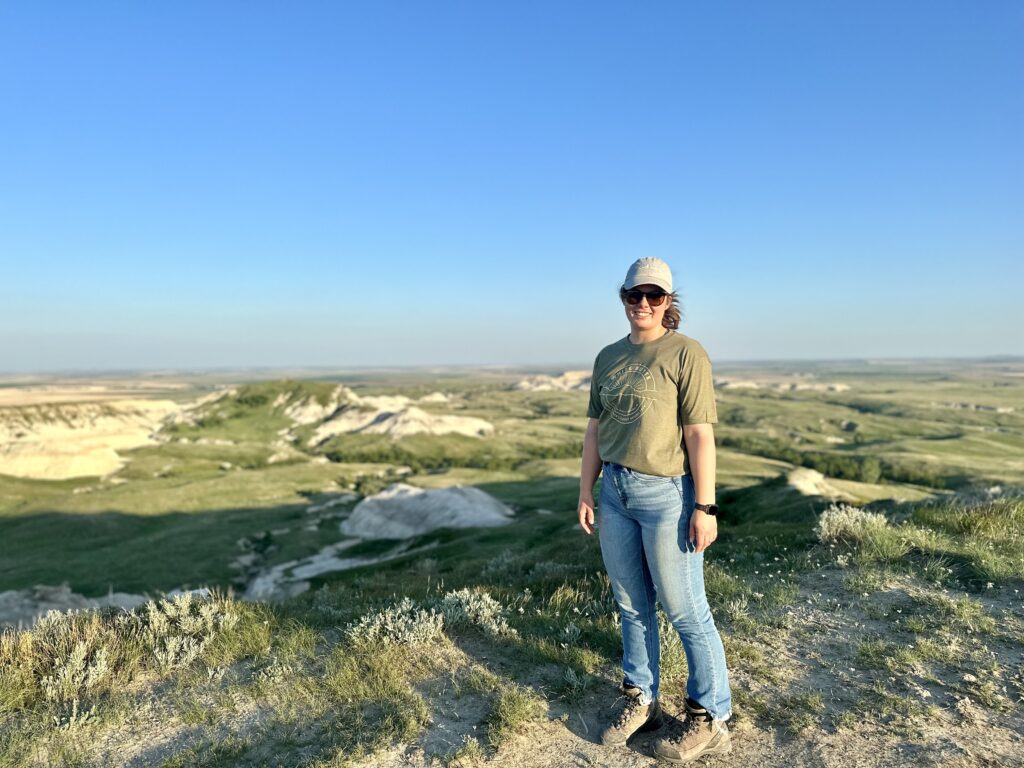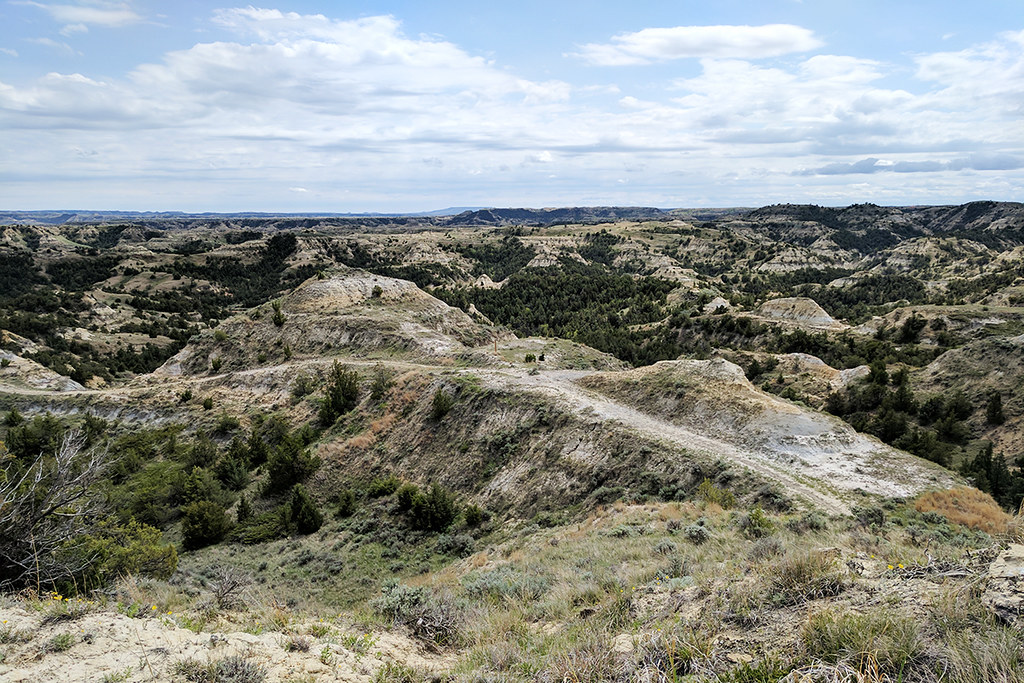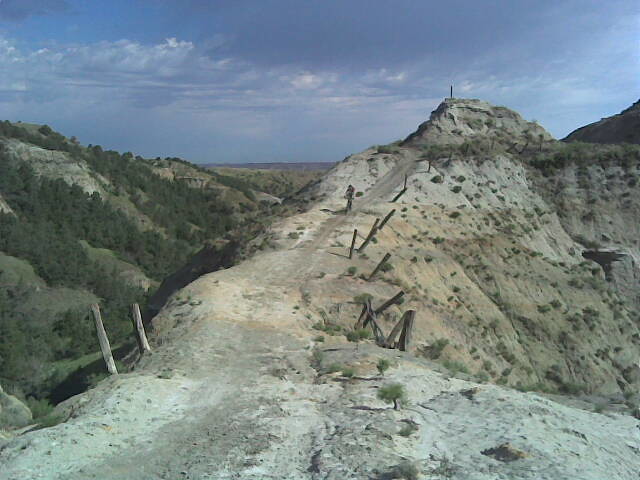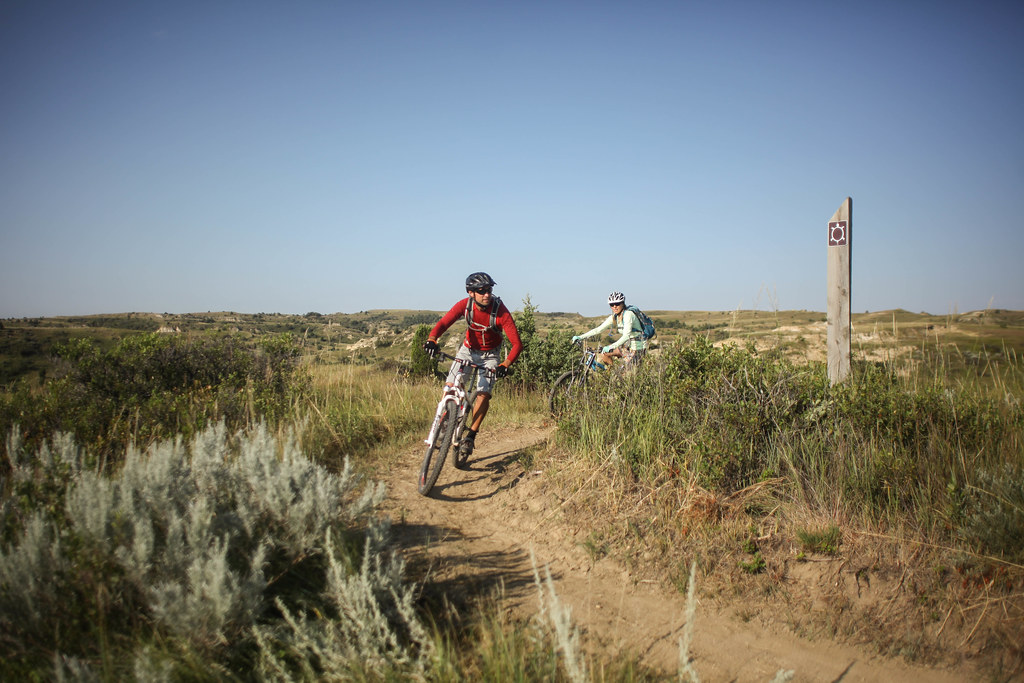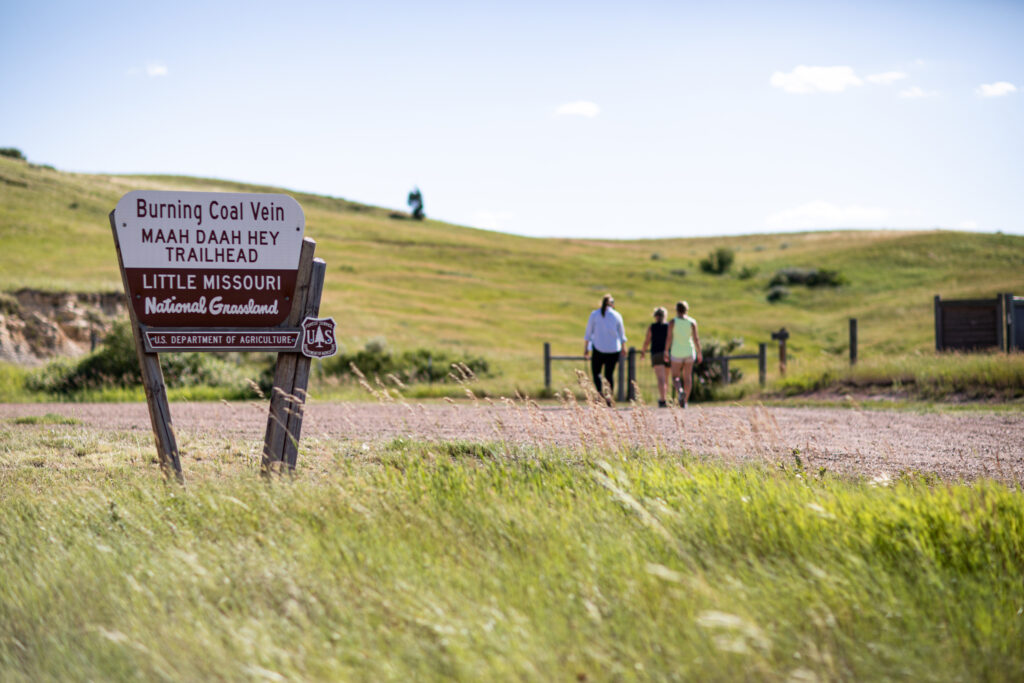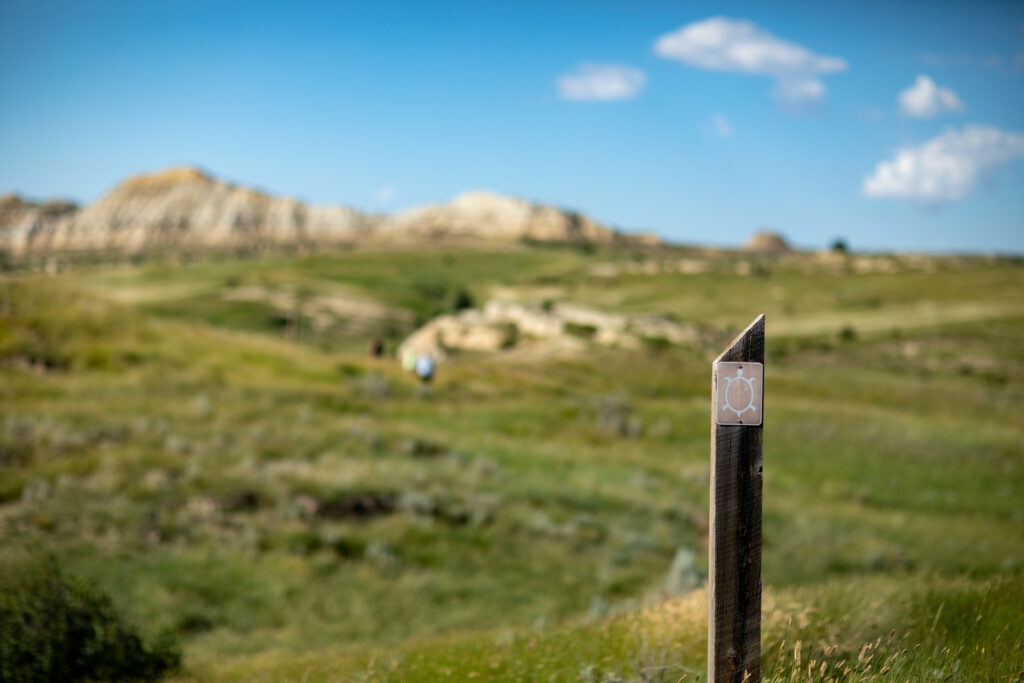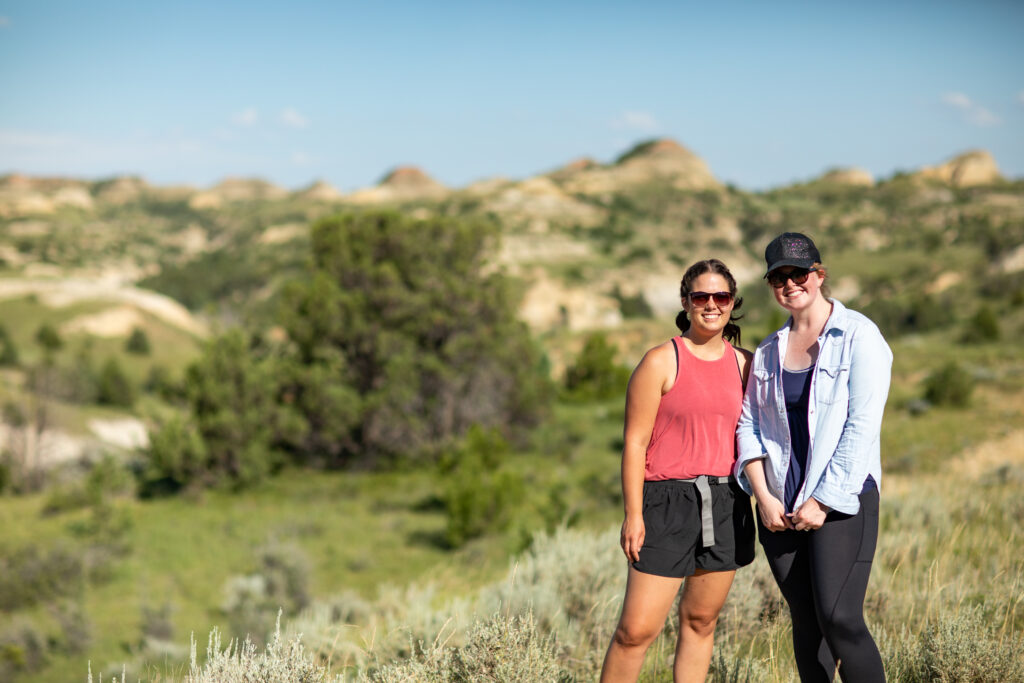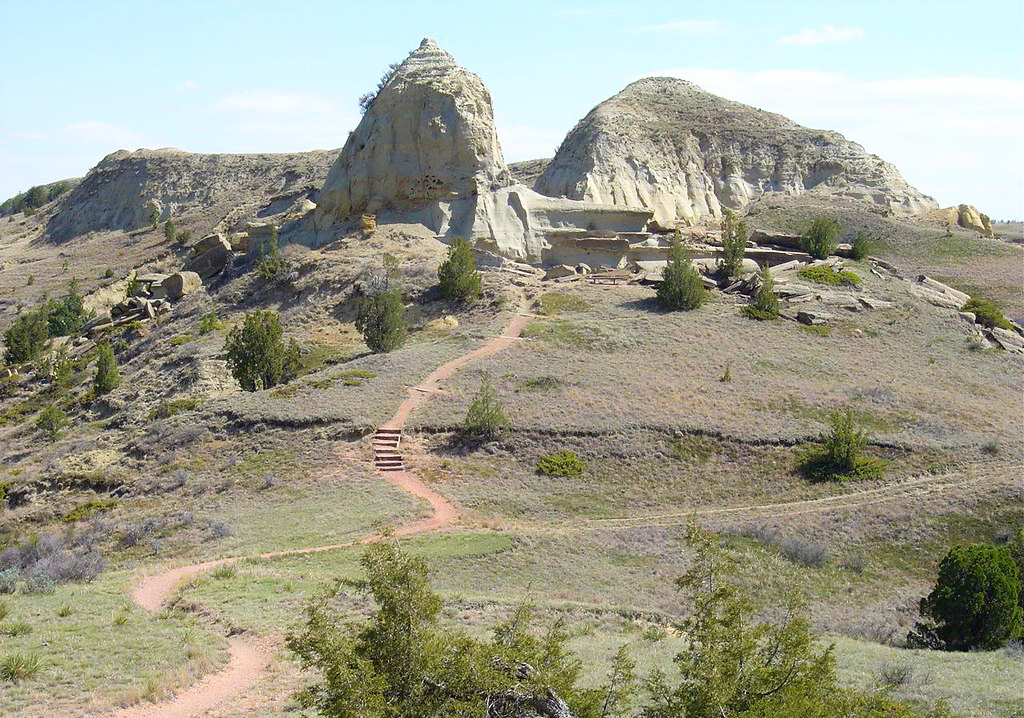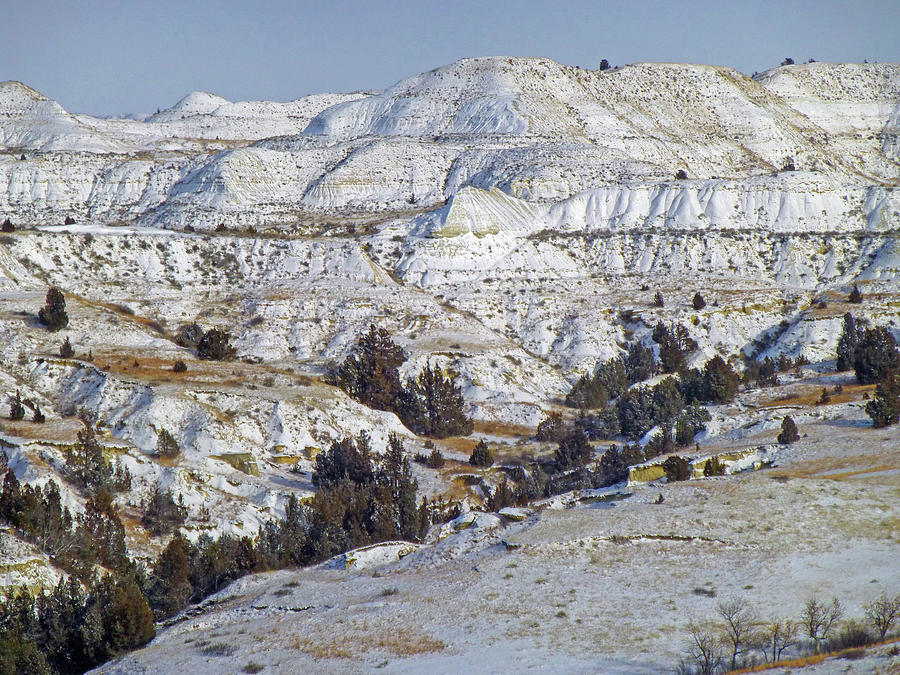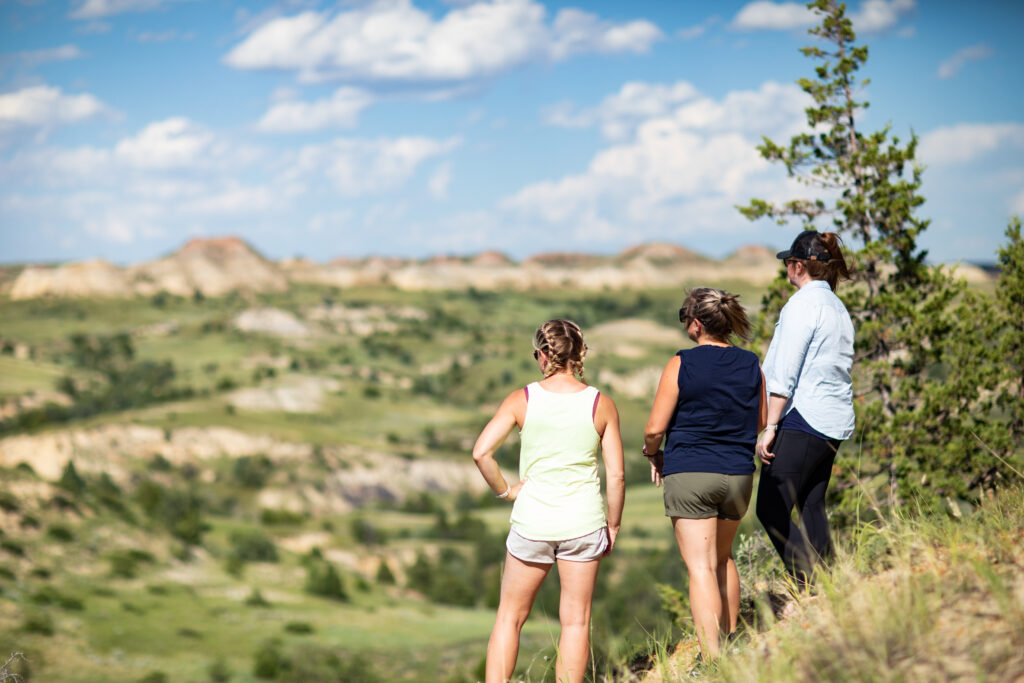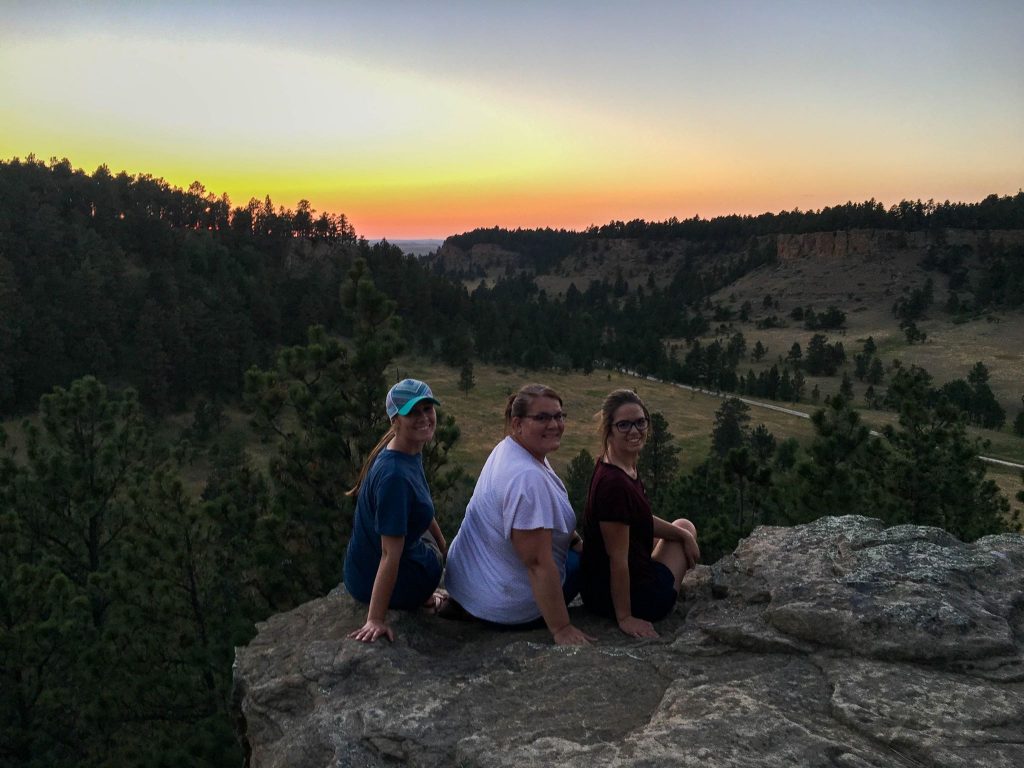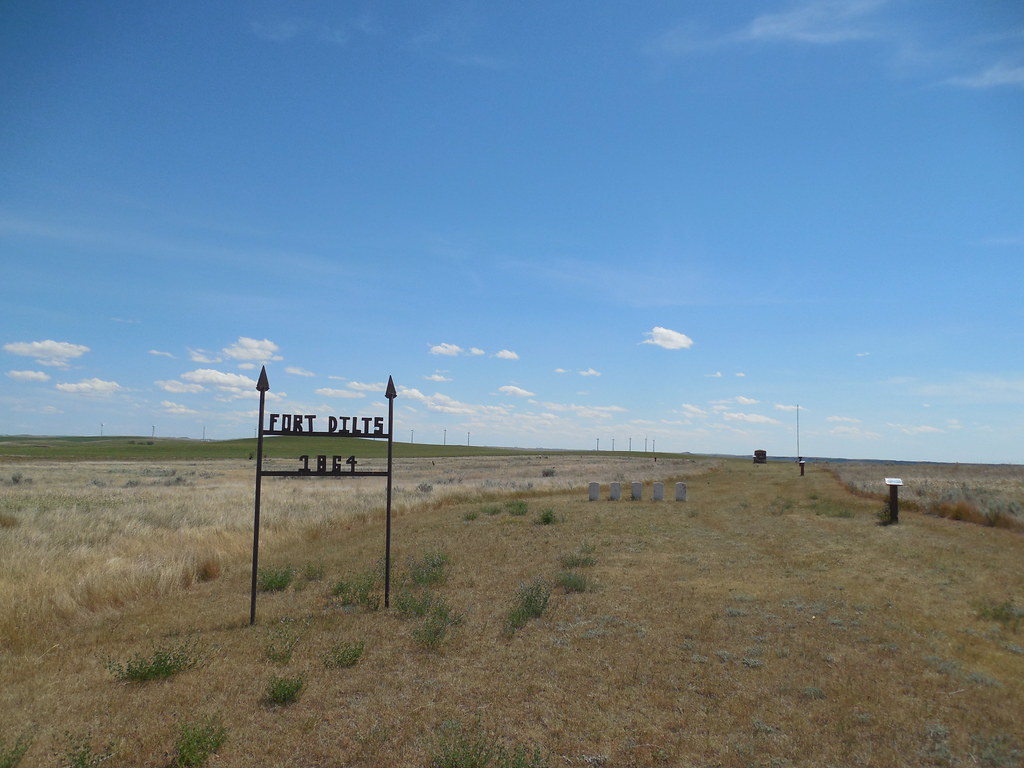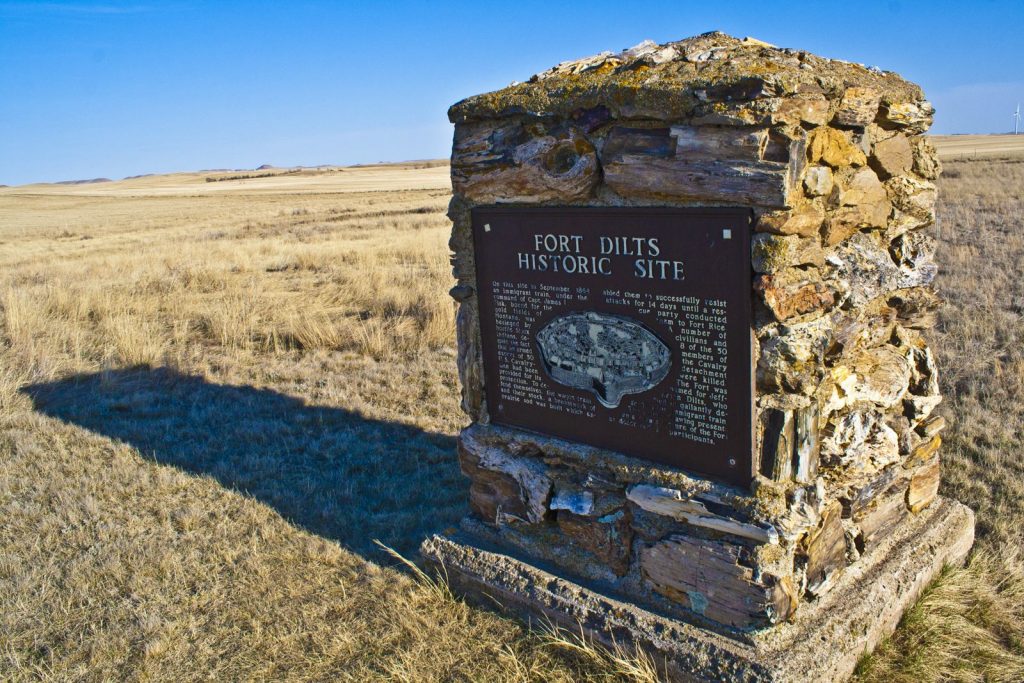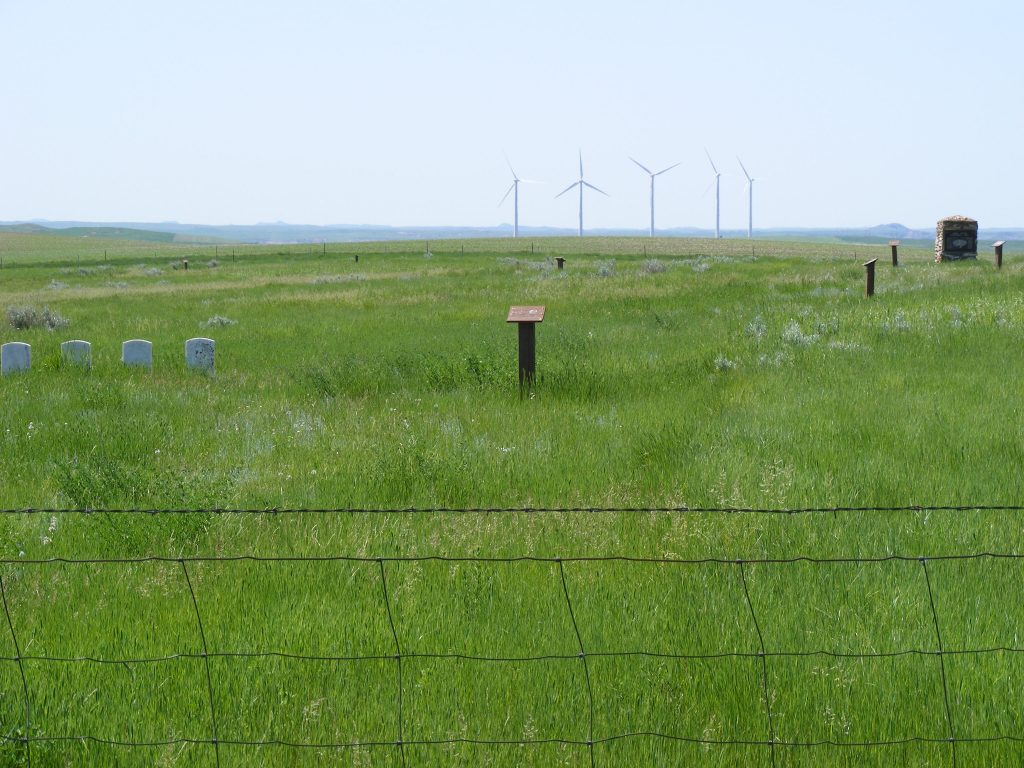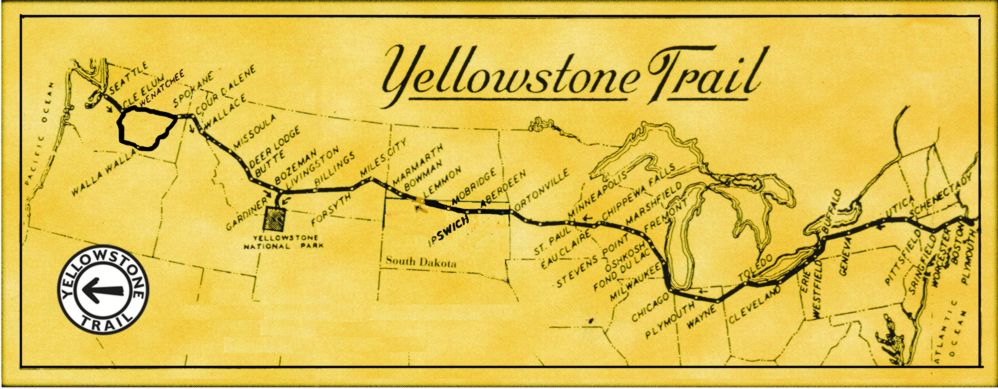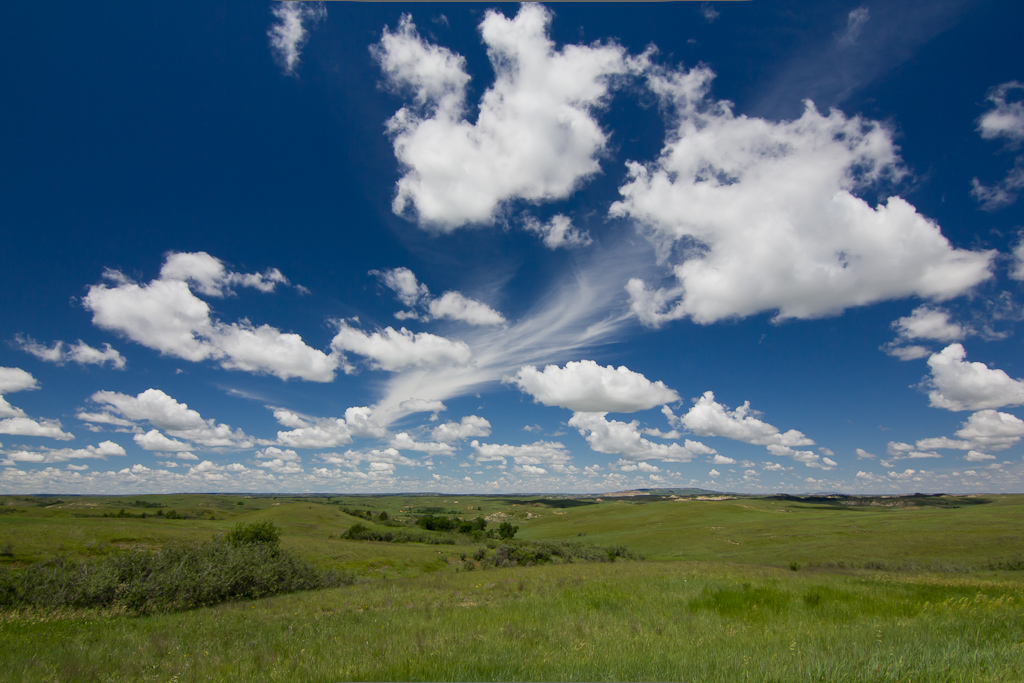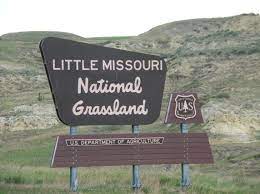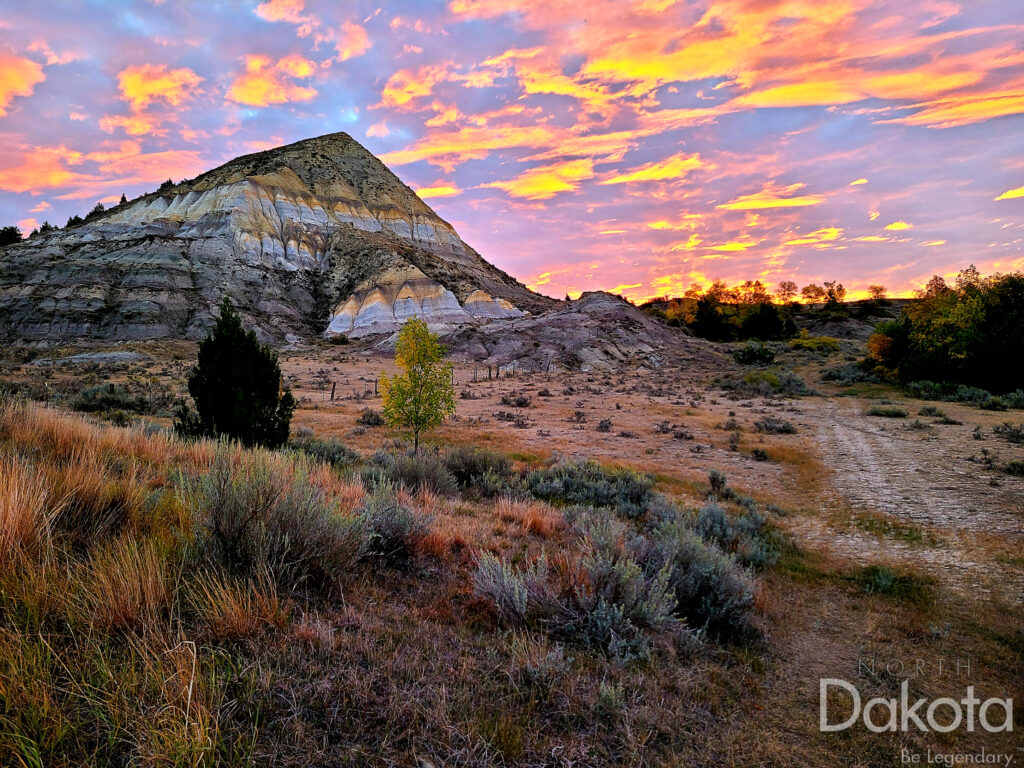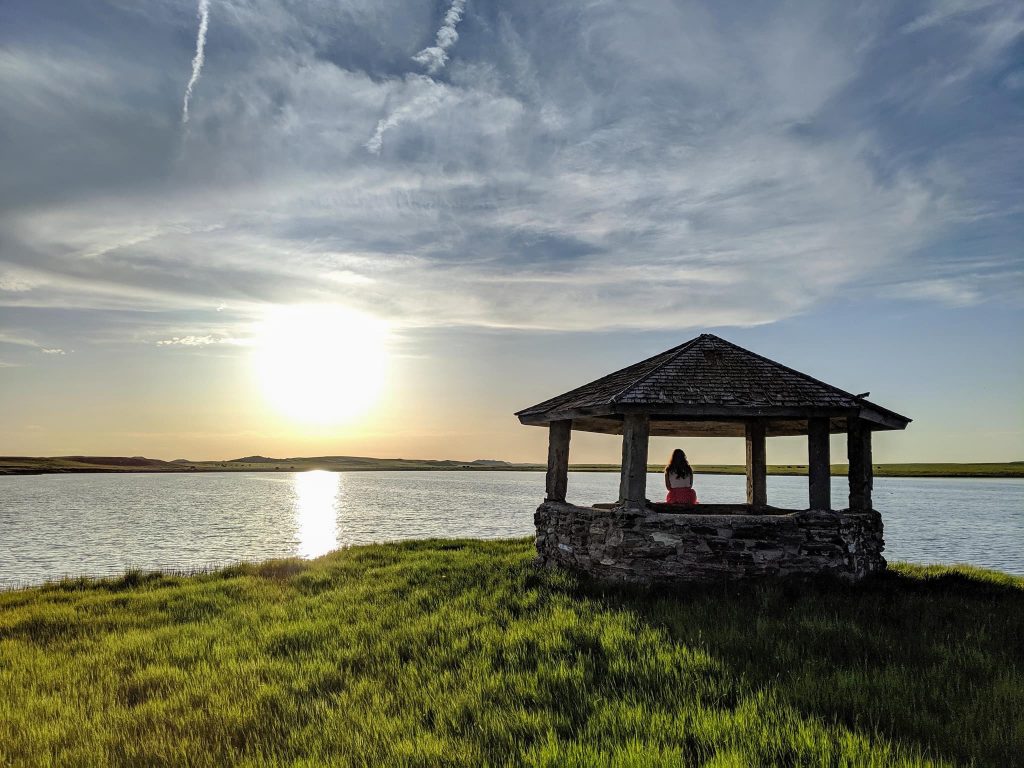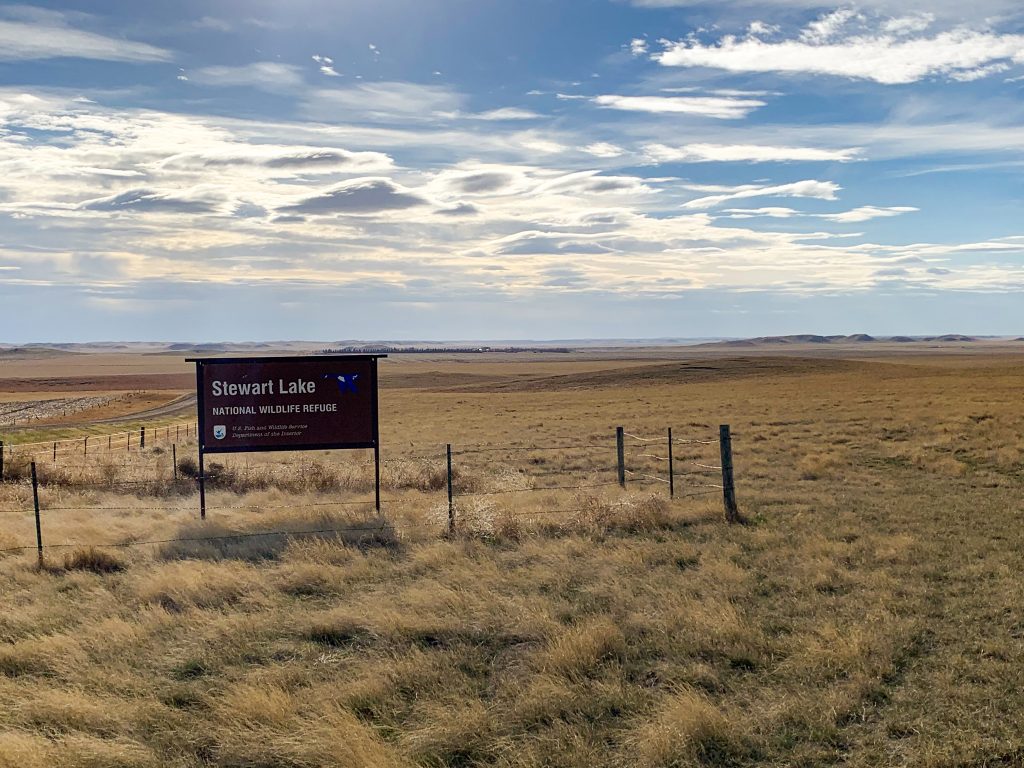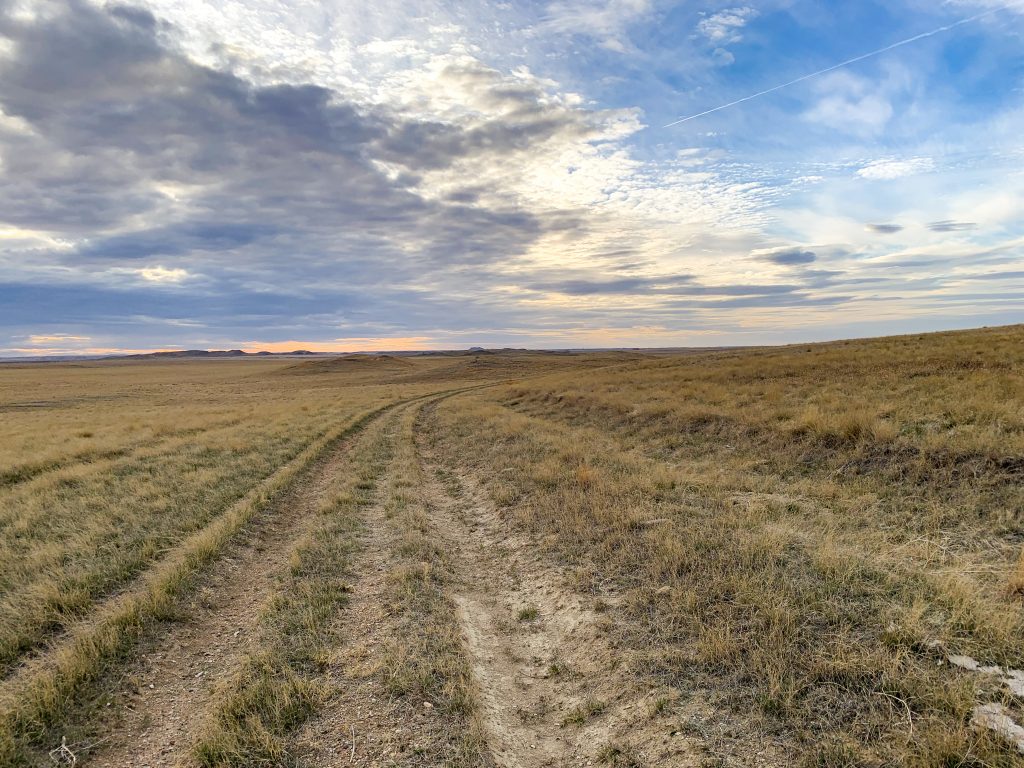White Butte
Located on Highway 85, north of Bowman, White Butte is North Dakota’s highest natural point at 3,506 feet overlooking the Little Missouri National Grassland. You can hike year round, but some of the best times are in the spring. Enjoy the beauty of the nearby scenery, native flowers and grass, and the stillness of nature. White Butte may not be the most strenuous hike you conquer, but it will definitely be one of the most memorable ones. The trail offers numerous activities and amazing photo opportunities. When you get to the top, don’t forget to sign the guest book and scan the QR Code! White Butte is surrounded by private land, so please be respectful.
Promotion
Scan the QR Code on the sign on top of White Butte to redeem a local coupon book and get a discount on a White Butte t-shirt.
Phone: 701-523-5880
Directions: 2 miles east of Amidon on Hwy 85, turn south and go 5 miles, turn west and go 1 mile
Official Easement Allows for Public Access without Permission

